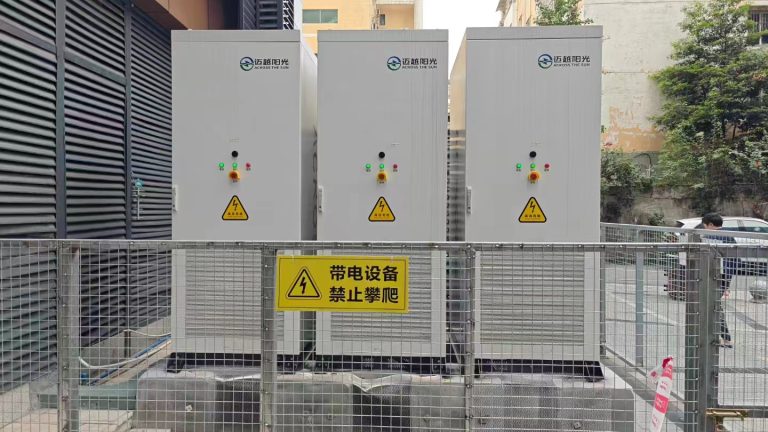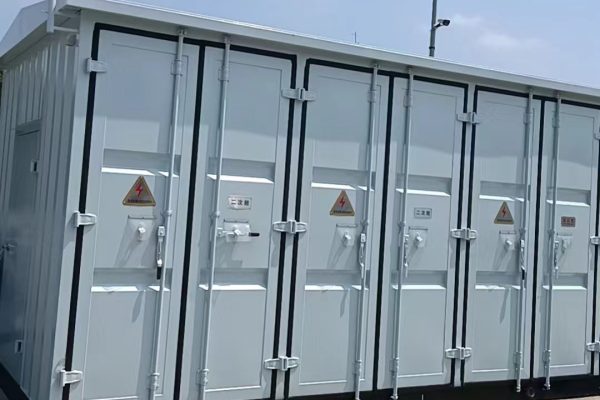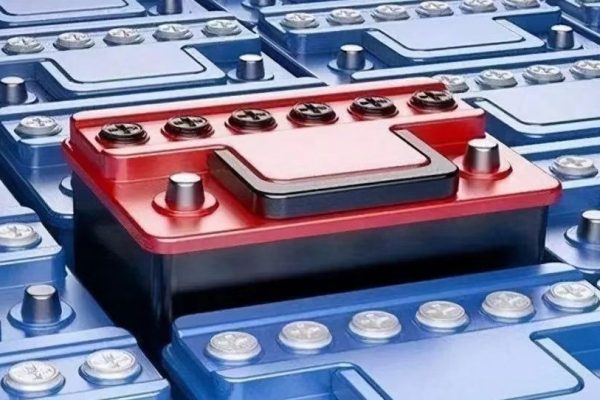The Overlooked Parameter
When buyers evaluate energy storage systems (ESS), they often focus on capacity (kWh) and price. However, discharge rate—the speed at which stored energy can be delivered—is equally crucial. In international trade, misunderstandings around discharge rate can lead to mismatched expectations, poor system performance, and even financial disputes. Exporters who communicate discharge rate clearly gain a strong advantage.
1. What Is Discharge Rate?
- Definition: The amount of current a battery can safely deliver relative to its capacity, usually expressed as a “C-rate.”
- Example: A 1C discharge rate means a battery can discharge its full capacity in one hour; 0.5C means in two hours.
- Why It Matters: Discharge rate directly affects system performance, efficiency, and lifetime.
Exporter Tip: Always specify discharge rates alongside capacity in quotations and datasheets.
2. Different Applications, Different Needs
- Residential Systems: Lower discharge rates are acceptable, as loads are usually steady and predictable.
- Commercial & Industrial Systems: Require higher discharge rates for peak shaving, load balancing, or backup.
- Microgrid & Off-Grid Systems: Discharge rate determines whether the system can handle sudden spikes in demand.
Exporter Tip: Match discharge capabilities to real-world use cases for each market segment.
3. Market Expectations by Region
- Europe: Buyers value efficiency and steady power delivery; moderate discharge rates are acceptable.
- North America: Strong focus on peak demand management; higher discharge capability is a must.
- Middle East: Reliability under high temperatures matters more than extreme discharge rates.
- Asia-Pacific: Highly cost-sensitive; may compromise on discharge performance for lower upfront costs.
Exporter Tip: Emphasize regional relevance when presenting discharge specs.
4. Discharge Rate and Battery Chemistry
- Lithium Iron Phosphate (LFP): Stable, safe, with moderate discharge rates.
- Nickel Manganese Cobalt (NMC): Higher energy density and higher discharge rates but more expensive.
- Lead-Acid: Lower cost but limited discharge performance.
Exporter Tip: Align chemistry choice with buyer expectations on discharge rate and application needs.
5. Risks of Miscommunication
- Overselling: Promising higher discharge rates than the product can sustain.
- Underselling: Not highlighting discharge performance when it’s a competitive advantage.
- Buyer Confusion: Technical misunderstandings leading to incorrect system sizing.
Exporter Tip: Use simple visuals and examples to explain discharge rate in buyer presentations.
6. Linking Discharge Rate to ROI and TCO
- ROI (Return on Investment): Higher discharge rates can improve savings in markets with high demand charges.
- TCO (Total Cost of Ownership): Proper discharge matching reduces wear, extending battery life and lowering costs.
Exporter Tip: Integrate discharge rate into financial discussions, not just technical specifications.
Discharge Rate as a Trade Differentiator
In ESS exports, discharge rate is more than a technical detail—it’s a business factor. It impacts application suitability, buyer satisfaction, and long-term ROI. Exporters who clearly communicate discharge rate, adapt explanations for regional markets, and connect it to financial outcomes will gain buyer trust and strengthen their international competitiveness.









